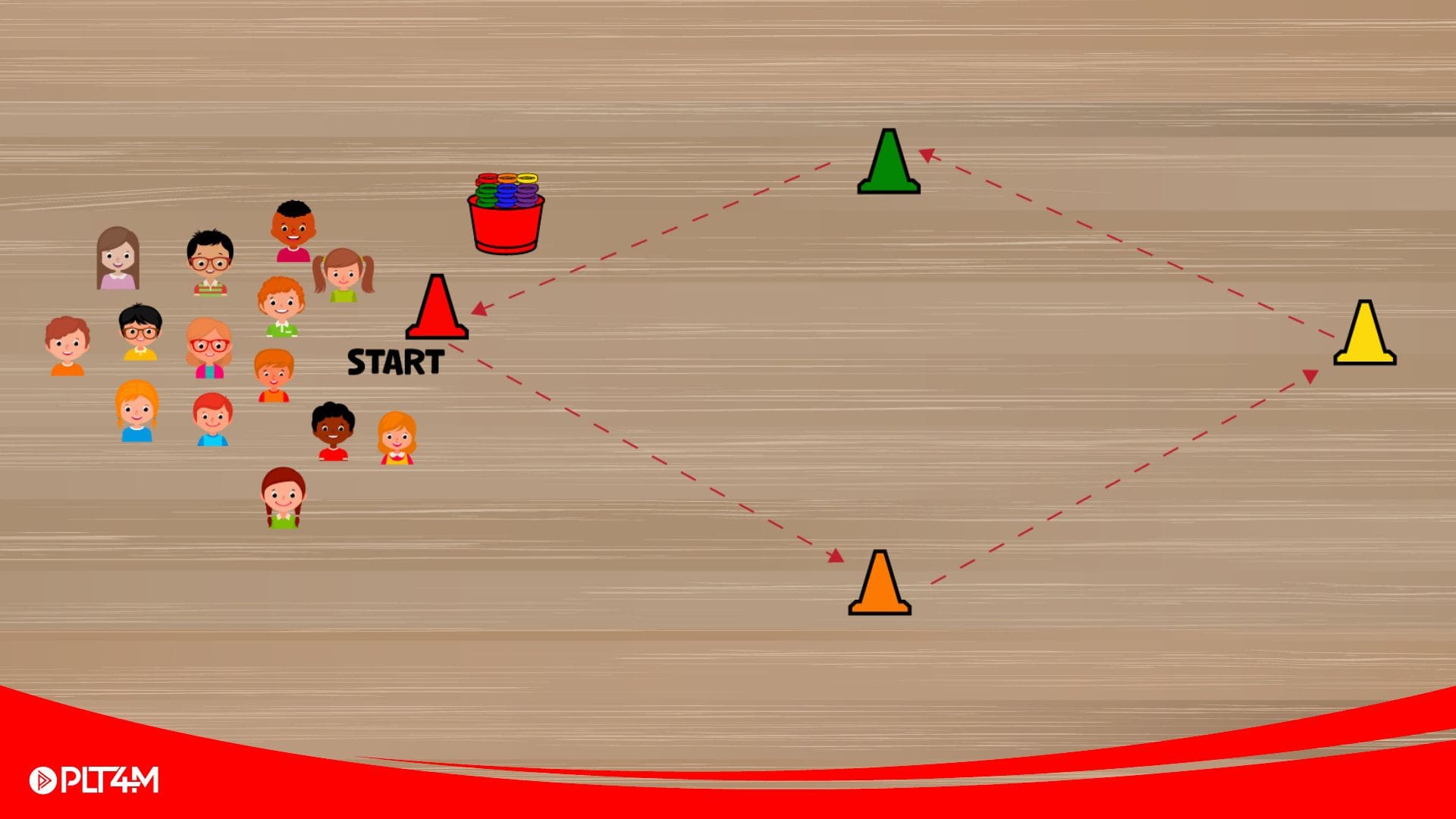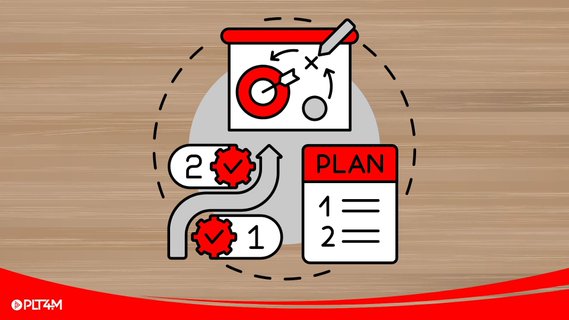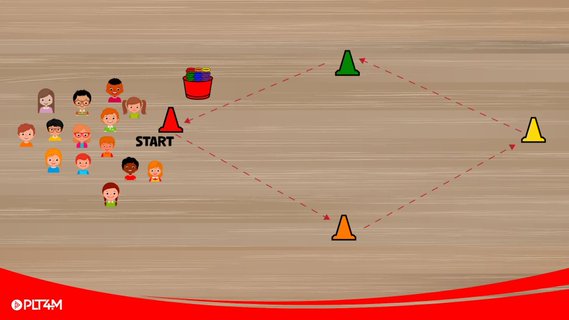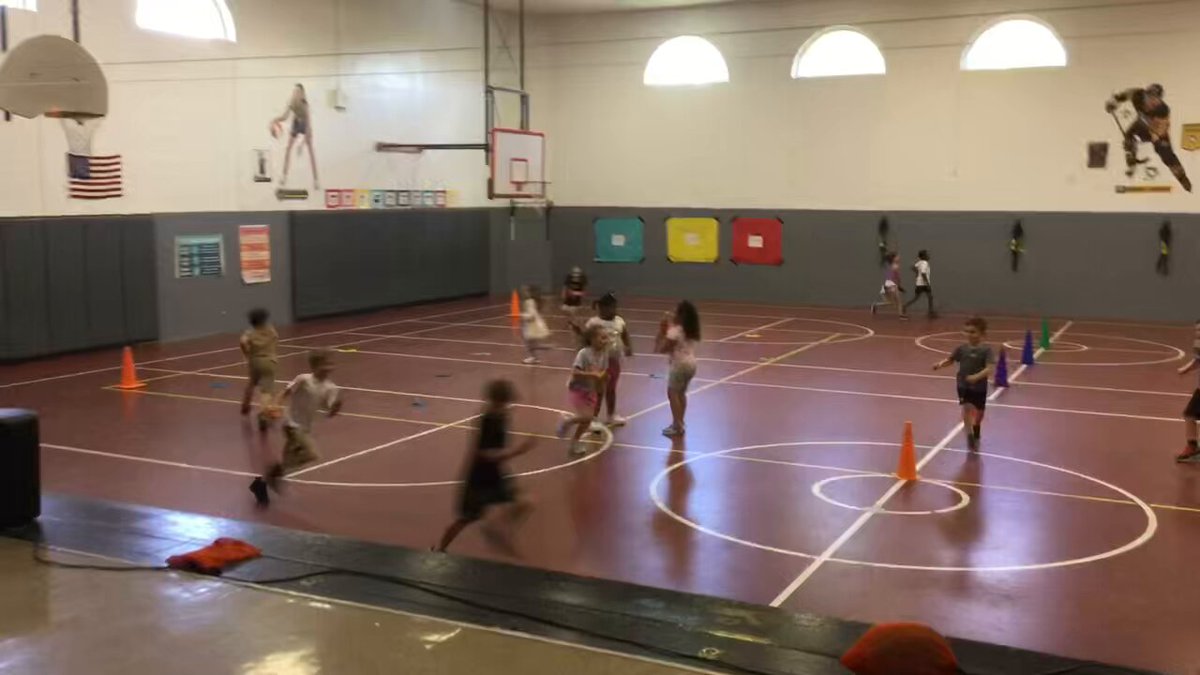Students’ lives are fast-paced and often overwhelming. Mindfulness breathing exercises for students can support their mental and physical well-being.
Mindful breathing can take place throughout the day in a variety of ways. For example, mindful breathing can happen before a test, as a mid-class break, or even for an entire lesson plan.
Breathing techniques and strategies can be used at any age level to promote mindfulness, attention, calmness, and more! The goal is to equip students with skills to use mindful breathing exercises at any point in their day, even outside of the classroom.
Guided Breathing Versus ‘Just Breathing’
Just breath! If you have ever been with someone who is nervous, anxious, or in distress, you might have told them ‘just breath.’ And it is probably because you know the value that a calming breath can bring.
And while we spend all day everyday breathing, most of us struggle to actually regulate our breathing — especially students.
By introducing different forms of guided or mindful breathing, students can explore what breathing techniques work best.

What Is Mindful Breathing?
Mindful breathing is focusing on your breath. Yes, we breathe all day, but that doesn’t mean we spend a lot of time thinking about it.
And paying attention and focusing on your breath doesn’t have to just be the acknowledgment of inhaling and exhaling. There are a variety of breathing exercises that fall under the category of mindful breathing.
Mindfulness Breathing for Kids of All Ages
Whether you have a classroom full of kindergartners or high school seniors, there are fantastic videos and resources that support mindful breathing for kids of all ages.
No matter what age group you work with, students are going to have mixed feelings about mindfulness. It might feel silly or strange, but creating a space where all kids have a chance to explore breathing exercises is important.
5 Mindfulness Breathing Exercises For Students
The following breathing exercises can be used for any age group, but are best suited as breathing exercises for teens. PLT4M has combined a comprehensive mindfulness curriculum and paired it with shorter breathing videos that teachers and students use as supplemental resources.
Hand Breathing Technique Video
The hand breathing technique, more popularly known as the five finger breathing strategy, is one of the most popular exercises because all you need are your hands!
Step 1: Place the index finger of one hand on the outside of the pinky finger on your other hand. As you breathe in, trace up to the tip of your pinky, and as you breathe out, trace down the inside of your pinky.
Step 2: On your next inhale, trace up the outside of your ring finger, and on the exhale, trace down the inside of your ring finger.
Step 3: Inhale and trace up the outside of your middle finger; exhale and trace down the inside of your middle finger.
Step 4: Continue finger by finger until you’ve traced your entire hand.
Step 5: Reverse the process and trace from your thumb back to your pinky.
Belly Breathing Video
Belly breathing or diaphragmatic/abdominal breathing encourages that big deep breath. Often, many people have short and choppy breathing and use their chest to draw in breaths. Belly breathing is one of the best deep breathing exercises because it helps students learn to take a full, hearty breath.
There are many ways to teach this belly breathing, and sometimes you might see this as a bubble breathing exercise. In this video, we will do something similar but with a big ball that will expand as we inhale and shrink as we exhale. This is just one of many excellent visual breathing exercises that use objects and props for cueing students.
4-7-8 Breathing Video
This is one of the more popular deep breathing exercises to reduce anxiety and is often used to help go to bed. In this 478 breathing video, students are guided through a cadence of:
- 4 Second Inhale Through The Nose
- 7 Second Hold
- 8 Second Exhale Through The Mouth
Be warned that 8 seconds is a long exhale! The goal of this is to have a steady stream of oxygen coming in for both the inhale and exhale. You will feel your heart, lungs, and chest warm and relax as you hold the breath. We pair 478 breathing with belly breathing in this video!
Box Breathing Video Practice
Box Breathing is another popular mindfulness breathing exercise and one that many people in high stress situations use. Even the Navy Seals use the box breath as a quick way to lower the heart rate and calm the body.
This pattern uses:
- 4 Second Inhale
- 4 Second Hold
- 4 Second Exhale
- 4 Second Hold
Alternate Nostril Breathing
To practice alternate nostril breathing:
- Sit in a comfortable position with legs crossed.
- Place left hand on left knee.
- Lift right hand up toward nose.
- Exhale completely and then use right thumb to close right nostril.
- Inhale through left nostril and then close left nostril with your fingers.
- Open right nostril and exhale through this side.
- Inhale through right nostril and then close this nostril.
- Open left nostril and exhale through left side.
- This is one cycle.
- Continue for up to 5 minutes
- Check out even more on alternate nostril breathing here
Bonus: Full Mindful Breathing Lesson
Now that you have 5 excellent mindfulness breathing exercises, what about an entire lesson? This mindfulness lesson comes from PLT4M’s Intro To Mindfulness program. This is the second lesson in the series that breaks down some of the neuroscience of mindfulness and then transitions to more mindful breathing!
To understand the benefits of mindfulness, we also need to know the basic components of our brain. If you remember from our first lesson, we talked about the research done in the last 30-40 years around mindfulness and our brain. So how does it all connect?
Pre-Frontal Cortex (PFC): The pre-frontal cortex (PFC) is located at the front of our brain near our forehead. This region of the brain supports many of our ‘higher functioning skills.’ The PFC is involved when we do things like planning, paying attention, or trying to focus.
Scientists have found that our PFC is strengthened every time we practice mindfulness, even if just for a few minutes.
Limbic System: The limbic system is located at the back of our brain. This area of the brain is responsible for many of our emotional responses to situations. Think about the old ‘fight or flight’ principle. For example, when you see a bear and think about what to do next, your limbic system is kicking into gear.
Inside the limbic system, the amygdala is responsible for sending hormones to our bodies. Sticking with the bear example, the limbic system would trigger the adrenaline to run.
But nowadays, we don’t run into bears as much. Instead, we might have a test, big game, or other things that trigger this stress response.
Practicing mindfulness can help to regulate and control our responses and reactions to different types of situations.
The Fist Example – Dr. Dan Siegel: Dr. Dan Siegel helps to paint a picture of the connection our different parts of the brain can make through a simple illustration with our hand.
If you can imagine, your hand is your brain. When we roll our four fingers over our folded thumb, we are creating our different parts of the brain. By doing so, our PFC and limbic system are connected, and our thumb is the amygdala, covered up. When our hand is a fist, our different parts of the brain work together to regulate emotions and be on our A game.
When a stressor comes along, we might ‘flip our lid’, opening up our fingers, and now our PFC and limbic system are not ‘connected’.
Through mindfulness, we can work to reintegrate our brain and get the PFC and limbic system to work together. It can help us to be more calm, focused, and alert. But this takes practice!
Breathing: Our breath is connected to our different emotional responses.
Inhaling often gets us ready for the fight or flight. Inhaling is connected to what we call our sympathetic nervous system. Think about a time you took a big gulp of air when you were feeling stress.
Exhaling often allows us to relax, regulate, and calm ourselves down. Exhaling is connected to what we call our parasympathetic nervous system. Think about that soothing, long exhale you take when you might be trying to calm yourself down.
Practicing Mindful Breathing
By training our body and mind through practice, we can take our mindful breathing and exhaling and apply it into our lives during moments of stress or anxiety.
This skill is a powerful one as it allows us to help regulate our emotions and become connected to that deep breath. Think responding instead of reacting!
Key Takeaways on Mindful Breathing Exercises For Students
Guided breathing videos and follow-along lessons like the ones above are a great place to start. Long-term, the goal is to encourage students to use these techniques in their everyday lives outside of the classroom. That is the case for all mindfulness lesson plans or materials that promote this mind-body connection.
The goal is that when students have different thoughts, feelings, and emotions, they can tap into their toolbox of mindfulness skills. This emotional awareness does take time to develop. Still, with the proper education throughout the school day from teachers and educators, we can support the total child development we all strive for.








